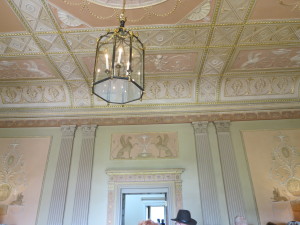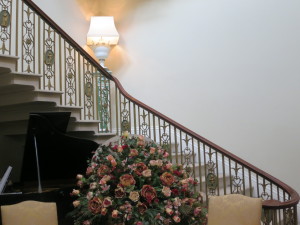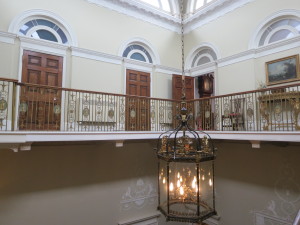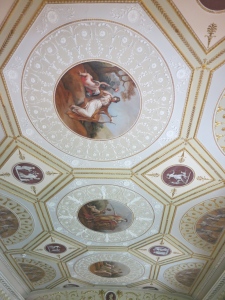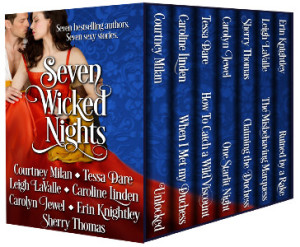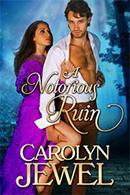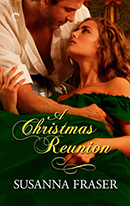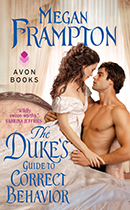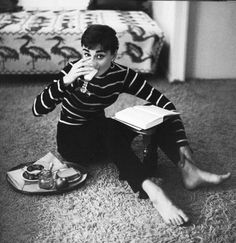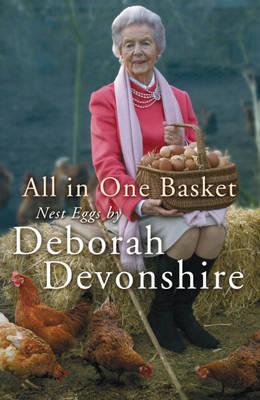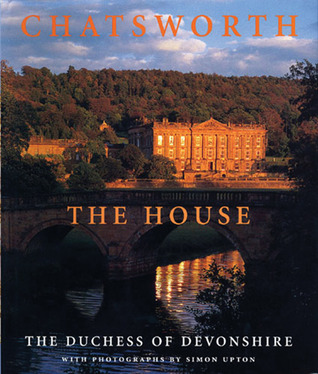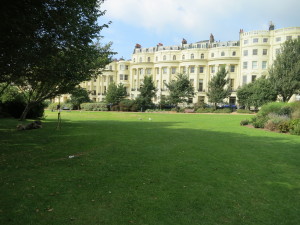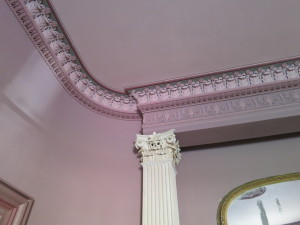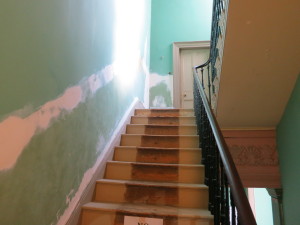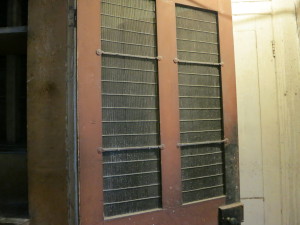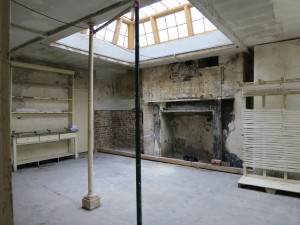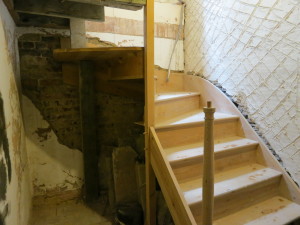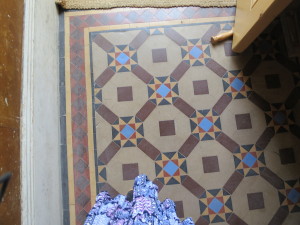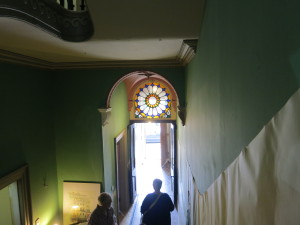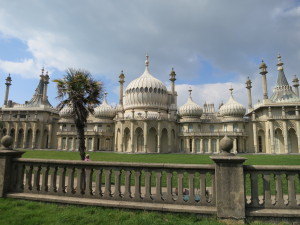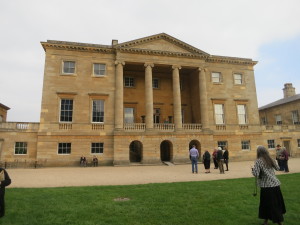 One of the stops on The Duke of Wellington tour was Basildon Park–not because the historic house has any connection with the Iron Duke, but because it was nearby, open, and a treat to see.
One of the stops on The Duke of Wellington tour was Basildon Park–not because the historic house has any connection with the Iron Duke, but because it was nearby, open, and a treat to see.
Basildon Park also represents the rise and fall of fortunes which so often inhabit our Regency books.
It was built between 1776 and1783 for Sir Frances Sykes, the son of a yeoman farmer who made a huge fortune in the East India Company and was friends with Warren Hastings and Clive of India. It was built in the Palladian style by John Carr and its interiors were in the style of Robert Adams.
Almost as soon as Sykes purchased the house his fortunes began to decline and had diminished by his death in 1804. His grandson, the third baronet, became a part of the Prince Regent’s set, further depleting the Sykes fortune. After a scandal involving his wife, Sykes had the humiliating distinction of being the model for Charles Dickens’ “Bill Sikes,” the villain in Oliver Twist.
Sykes sold the house in 1838 to James Morrison, a self-made Victorian millionaire, who wanted it to display his huge art collection. After his death, his daughter inhabited the house and upon her death in 1910, the house’s fortunes again turned bleak. The nephew who inherited the estate again depleted his funds and had to sell it in 1929 to a man who wanted the land, not the house. This man tried to sell the house, even offering to dismantle it and rebuild it if some wealthy American would pay the price for it.
The house continued to decline, even suffering a fire, until 1953 when it was purchased by the 2nd Baron and Baroness Iliffe, who lovingly restored it to its present glory. Here is some of the beauty they rescued:
The original dining room had been sold and now exists as the Basildon room of the Waldorf Astoria in New York City.
Basildon Park has played Netherfield Park in the Keira Knightley Pride and Prejudice, and, more recently, Grantham House in Downton Abbey. It became a National Trust property in 1978

